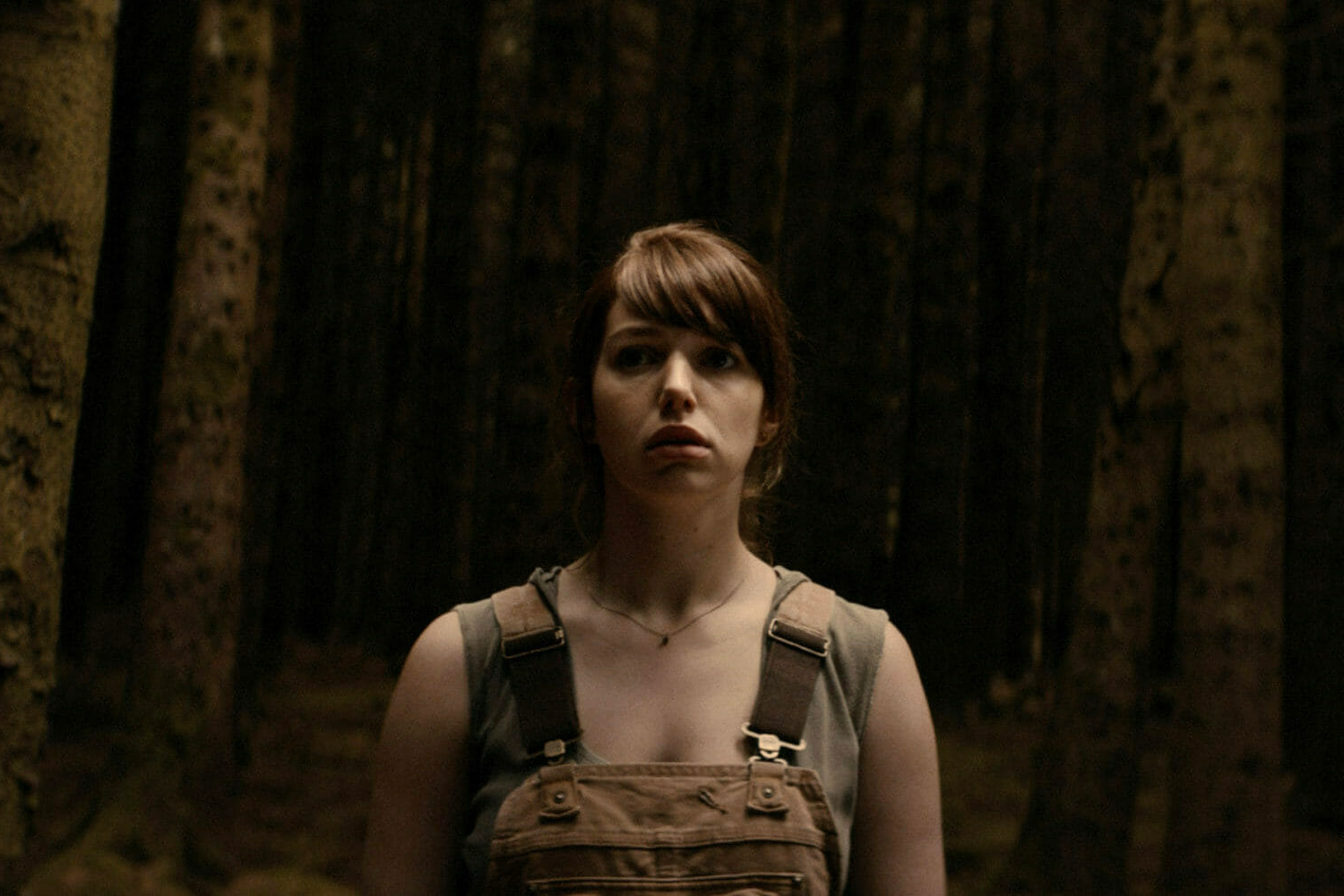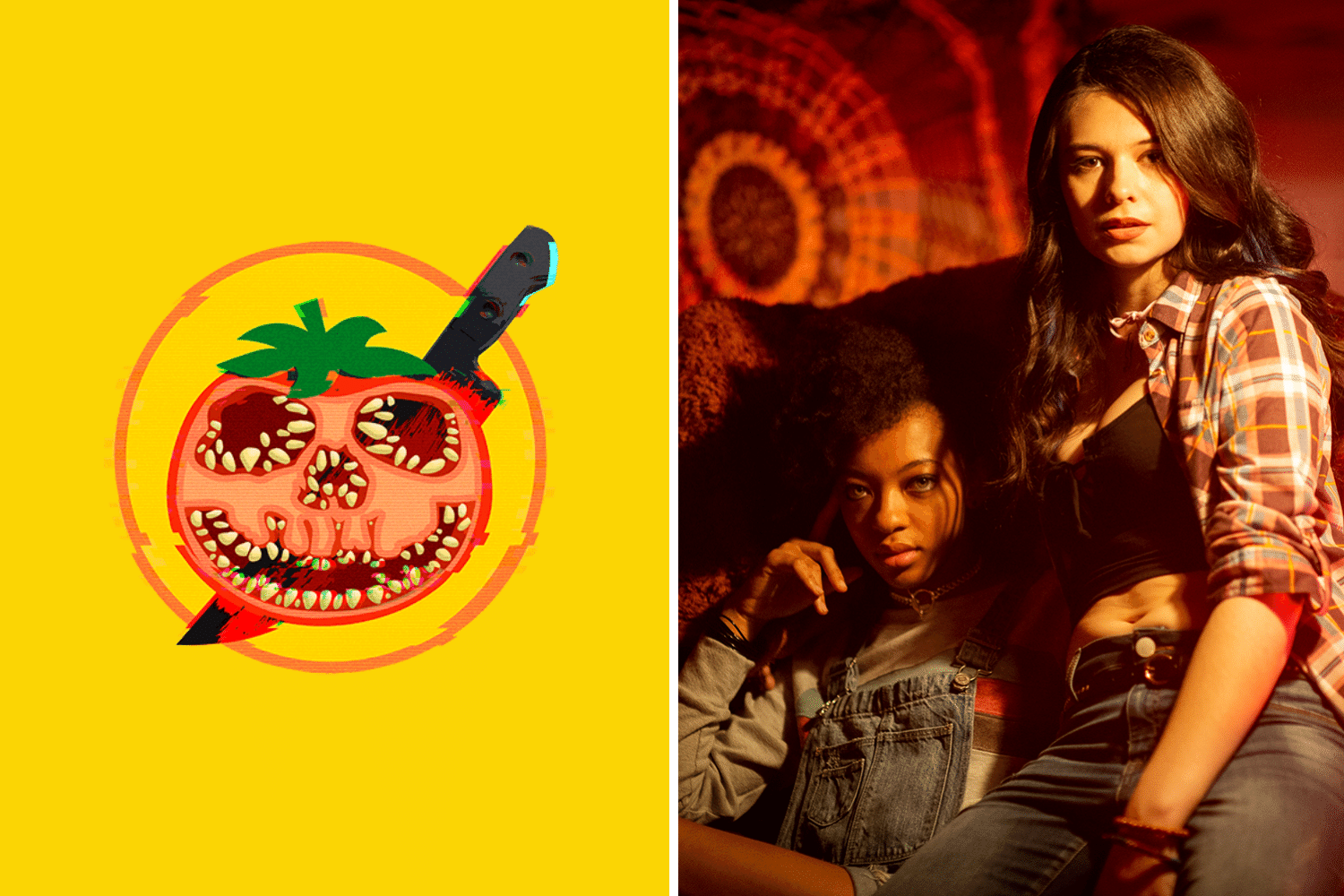Editorials
‘The Hole in the Ground’ Finds the Irish Horror in A24
July 27th, 2020 | By Matthew Monagle

Somewhere along the way, horror became synonymous with mental illness. Films about characters struggling with depression or clinical paranoia have dominated arthouse cinema. Any contemporary list of the best horror films of the decade reads like an appendix to the Diagnostic and Statistical Manual of Mental Disorders. These films and the unreliable status of their characters have even coined their own modes of journalism, with the phrase “A24 horror” serving as a kind of critical shorthand for anything slow-moving and subjective.
But the more we see a mode of storytelling, the more familiar it becomes, and the more we look for ways to break outside the established norms. This is what makes Lee Cronin’s The Hole in the Ground such a compelling standout from the current mode of arthouse horror. Like Jennifer Kent’s The Babadook or Severin Fiala and Veronika Franz’s Goodnight Mommy, The Hole in the Ground crafts a complex and terrifying portrayal of single motherhood. Unlike those two films, however, Cronin’s film is at heart an extrinsic horror story. Its ability to filter folklore through the lens of personal trauma makes it unique, even in an industry inundated with psychological horror.
READ MORE: Here’s how Sion Sono effortlessly blends exploitation and empowerment
The Hole in the Ground opens on Sarah (Seána Kerslake), a young mother who has decided to move to the countryside with her son, Chris (James Quinn Markey). Sarah and Chris are both struggling to come to terms with her recent separation; while Sarah finds herself struggling with anxiety, Chris misses his father and pushes away from his mother as a result. This tension is made worse by the presence of Sarah’s neighbor Noreen (Kati Outinen), a troubled woman whose husband Des (James Cosmo) spends most of his time helping her recover from her wanderings.
In conversation with the townsfolk, Sarah learns that Noreen and Des once had a son, but that Noreen became fixated on the notion that their son had been replaced by a changeling, a malevolent Irish fairy that would swap the children of villagers with one of their own. When a sudden outburst from Noreen rattles Sarah, she begins to suspect that the elderly woman might be telling the truth. Chris has begun to change, to suddenly abandon his childhood fears and insecurities, and the boy that remains is someone unrecognizable to his mother. Maybe – just maybe – Chris has been replaced by a changeling, too.
While The Hole in the Ground may have many story elements in common with the aforementioned horror films, those films do not have an actress like Seána Kerslake leading the way. Kerslake imbues her character with endless compassion; even as she begins to recoil from her maybe-son, Kerslake roots Sarah’s conflict in her love and concern for Chris. We feel the love between mother and son in The Hole in the Ground in a way that is often truncated – or even lost – in other psychological horror films. That underpins Cronin’s script with an element of compassion that elevates the whole affair. Horror as a genre is so obsessed with showing a twisted form of love that it often forgets to ground its scares in the genuine emotion. Kerslake never lets us doubt that, creeping sense of dread or not, she’s giving her relationship with her son everything she’s got.
READ MORE: We relieve the adolescent trauma of ‘Sleepaway Camp’
While The Hole in the Ground may center on the relationship between mother and son, Cronin goes to great lengths to establish the forest that surrounds them as its own unsettling force. There are obvious shades of The Shining in his opening shots; we follow Sarah and Chris in their battered yellow sedan as they wind their way across the countryside, with forest stretched in all directions. In the film’s most audacious shot, the camera spins in place, slowly rotating ground and sky until we are looking at an upside-down representation of Ireland. The importance of this opening sequence cannot be overstated; here Cronin establishes nature as the film’s default location and tone, setting the stage for the mythological elements that will bookmark the story.
When The Hole in the Ground was first released, some reviews suggested that the film was let down by its abrupt change of pace. For these critics, the explicit introduction of folkloric creatures served as a jarring departure from the film’s ambiguous psychological tone. It’s an understandable sentiment, but one that seems at odds with the work that Cronin and Kerslake have put in throughout the film. While the movie never overtly states that Sarah is hiding out from her abusive husband in the countryside, with its folkloric finale, The Hole in the Ground makes it clear that she and Chris are occupying a liminal state. Here, rural Ireland – and the creatures that inhabit it – serve as a smart metaphor for Sarah’s metaphorical loss of self in the months following her separation. Her return to urban living with Chris, should be read as a personal triumph, not a simple coda.
READ MORE: Certified Forgotten in our own words: Matthew Monagle
But even that might be overcomplicating the power of The Hole in the Ground’s ending. As horror continues to anchor itself in the personal, it loses the power of places. Many of us were afraid of a location – a patch of woods, an empty building – long before we learned to be afraid of the people around us. By leaning hard into the mythological elements of Ireland, Cronin and company remind us that the troubles of the modern world are not (and should not be) incompatible with the superstitions hardwired in our collective memories. In this way, The Hole in the Ground is able to marry the best of a modern trend – subjective psychological horror – without losing the more existential fears that drive some of the best films in the genre.
Hopefully, in time, audiences will discover The Hole in the Ground for the triumph of horror that it is. Lee Cronin might not benefit from the auteurist mythmaking that drives the careers of men like Robert Eggers and Ari Aster, but his debut feature proved that he has every bit the talent – and a great deal more empathy – than any of the leading figures of arthouse horror. And given this summer’s announcement that Cronin would be directing Evil Dead Rise for Sam Raimi and company, it may not be long before The Hole in the Ground finds its audience. For now, Cronin’s film will exist in its own liminal state, waiting for the acceptable horror canon to move beyond the confines of mental illness.
Ready to support more original horror criticism? Join the Certified Forgotten Patreon community today.



